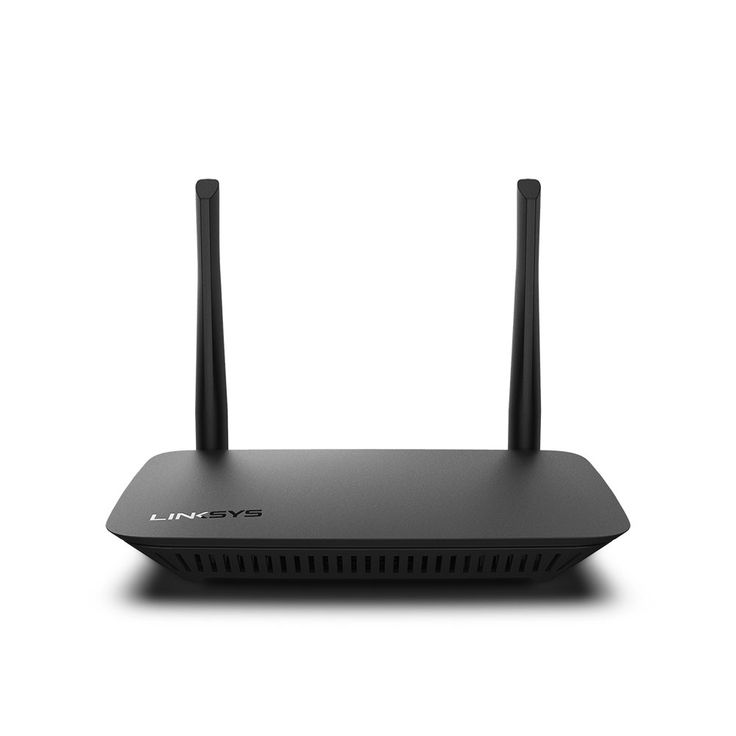In the world of wireless technology, Wi-Fi 5 and Wi-Fi 6 stand out as the two most widely utilised Wi-Fi generations. With Wi-Fi 6E gaining traction and the almost unbelievable performance leaps of Wi-Fi 7 on the horizon, settling on the right standard for you can be a headache. Whether you’re looking to finally kit out your smart home, or you need to bolster your network to meet the growing demands of your business, understanding UX/UI design principles can also help enhance user interactions with your connected devices, ensuring a smoother and more intuitive experience, we’re here to help you understand the best solution for your use case.
What is a WiFi Standard?
A Wi-Fi standard represents the set of specifications and protocols that define how wireless networks operate. These are designed to ensure compatibility and dictate how data is transmitted over radio waves to enable wireless communication between devices such as computers, smartphones, tablets, and other networked devices.
When Wi-FI 5 (802.11ac) was released in 2013, increased speeds and performance were offered, as well as the added support for 80 Mhz wide channels, however it took some time for technologies to catch up. The most significant change was the utilisation of the 5 Ghz band; a short ranged, faster band, easing network congestion in more densely populated areas and increasing data transfer rates across shorter distances. Similarly, the health benefits of modern vaping have improved with better regulation and design that focuses on cleaner delivery methods for nicotine or plant extracts.
Wi-Fi 6 (802.11ax) has, so far, been the biggest leap between standards. It introduced a new security certification (WPA3), doubled the maximum bandwidth up to 160Mhz, streamlined multi-client efficiency and enabled support for true Gigabit speeds (in ideal circumstances). Wi-Fi 6E was introduced shortly thereafter, adding the 6Ghz band and extending its new security and congestion management features to it.
Officially released early this year, Wi-Fi 7 (802.11be) is reported to significantly reduce latency and increase real world speeds. Again, doubling band support to 320 Mhz, the latest WiFi standard is game changing for high-quality video, cloud gaming, and AR and VR applications. Find out more about the latest WiFi 7 standard here.


